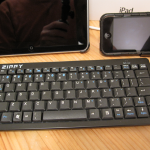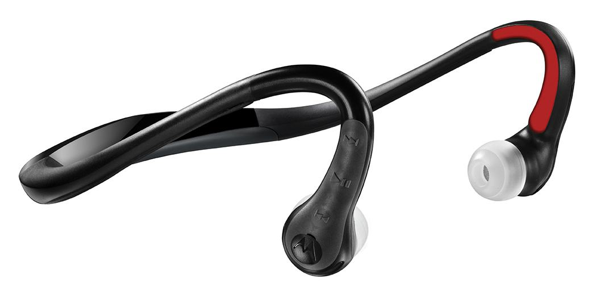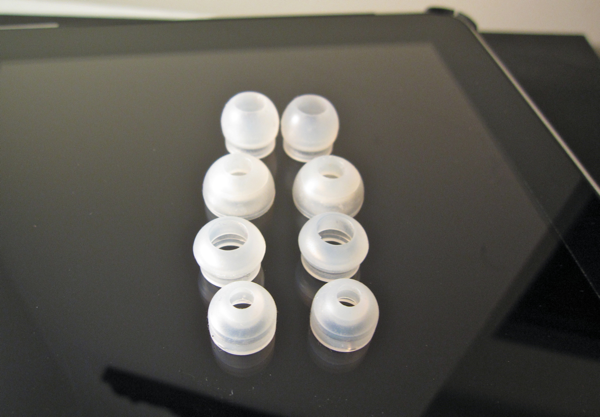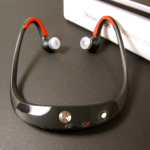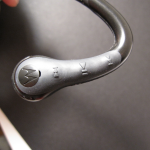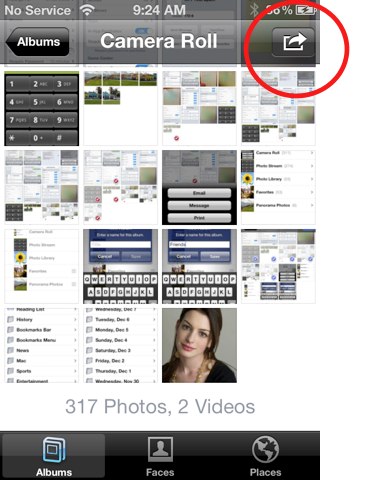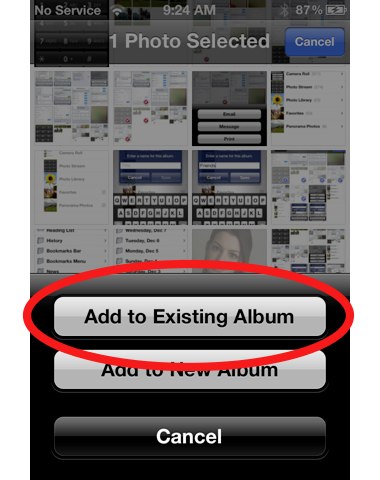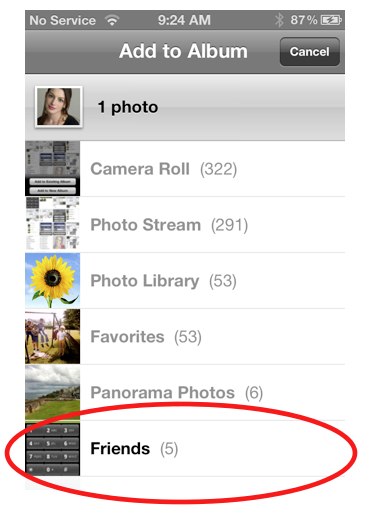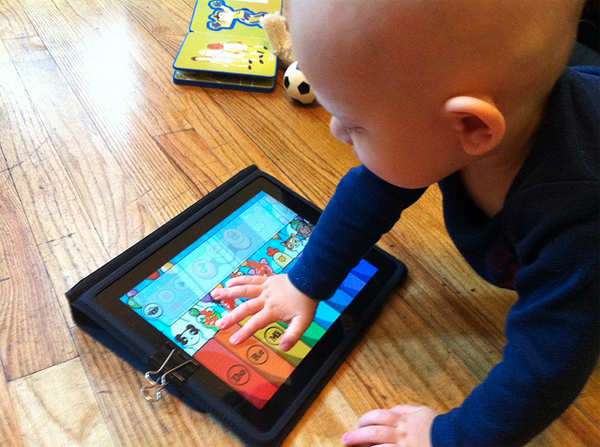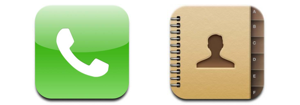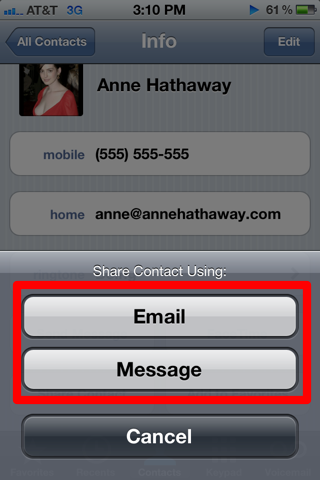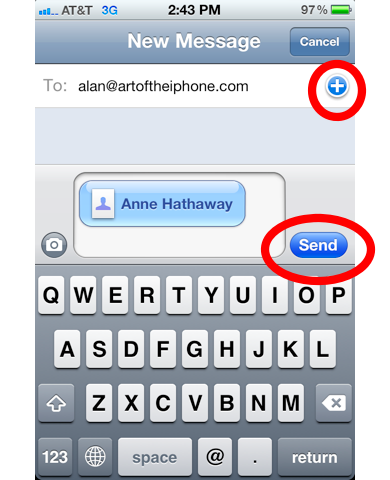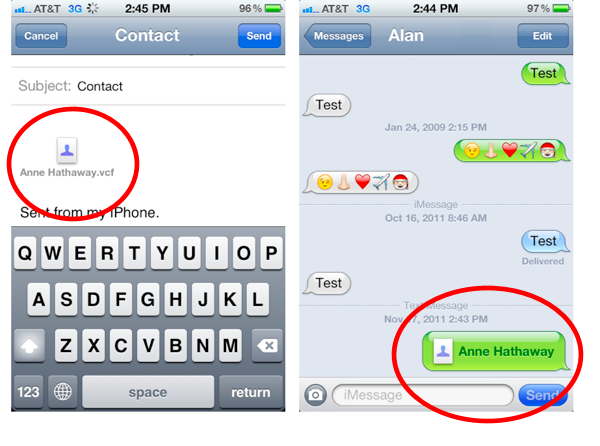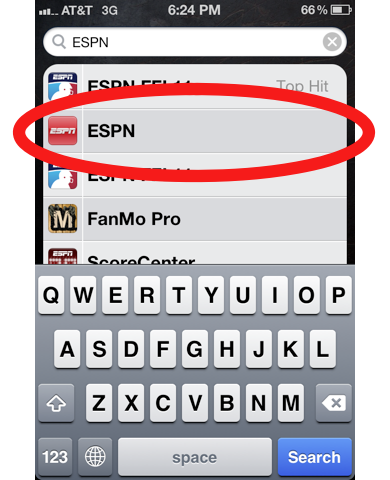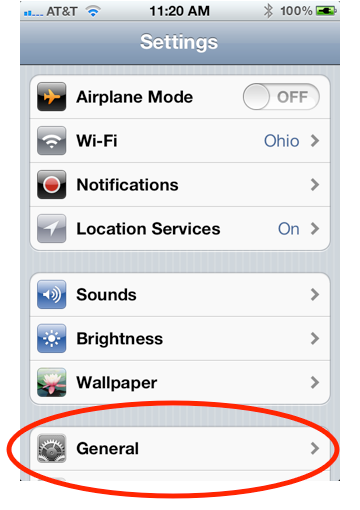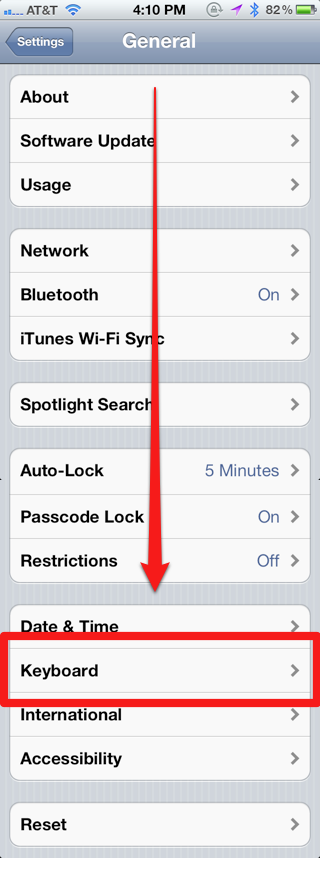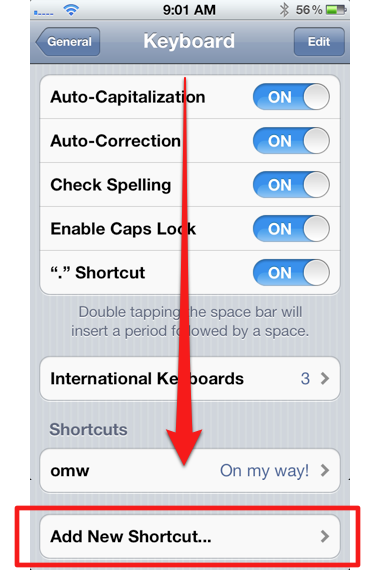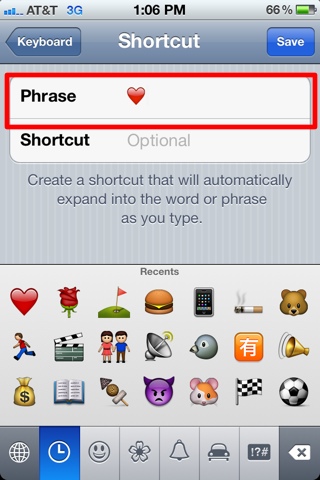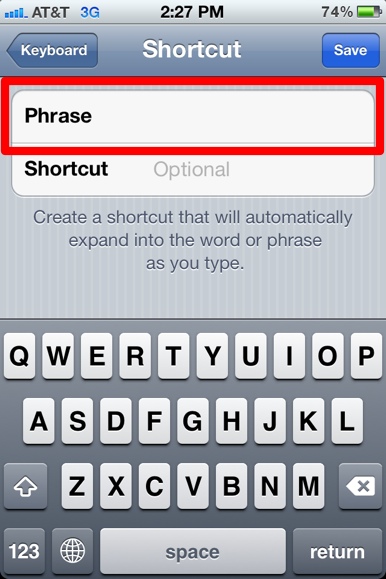Multipage articles on the web can be annoying, especially when you have to click to the next page every few hundred words. It’s a dirty trick websites use to inflate pageviews for advertisers, all at the expense of user experience. Apple has your back though with the new built-in Reader feature, which can load the next page of an article without you having to do anything.

To see it work, simply tap the Reader button in Mobile Safari’s URL bar and then scroll down to the end of a multi-page article. When the end comes into view, the next page will load automatically. Oh Apple, you clever bastards, you.
What Is Reader?
New to the iPhone/iPad and don’t know what I’m talking about? No problem, Reader is simply a button that (sometimes) appears in Mobile Safari’s address bar when you browse to an individual article on the web. Whether the button appears or not depends on different factors, but it’s supposed to appear on articles and not on things like home pages, etc.
When you tap the Reader button, Reader strips away advertising and extraneous formatting and presents just basic text to you for a more comfortable reading experience. On a multi-page article, when you scroll down to the end of one page, it should begin loading the next one. Reader doesn’t always work perfectly though, as some sites can break the feature and/or Reader won’t recognize an article as more than one page.

Notes:
- The Reader button doesn’t always appear after loading individual web articles, as the coding on some sites isn’t compatible with Reader, but it should appear most of the time.
- The next page won’t load until the end of the current page becomes visible in Reader’s window.
- Reader lets you adjust font size. Just tap the two letter A’s in the top left corner to increase/decrease font size.





